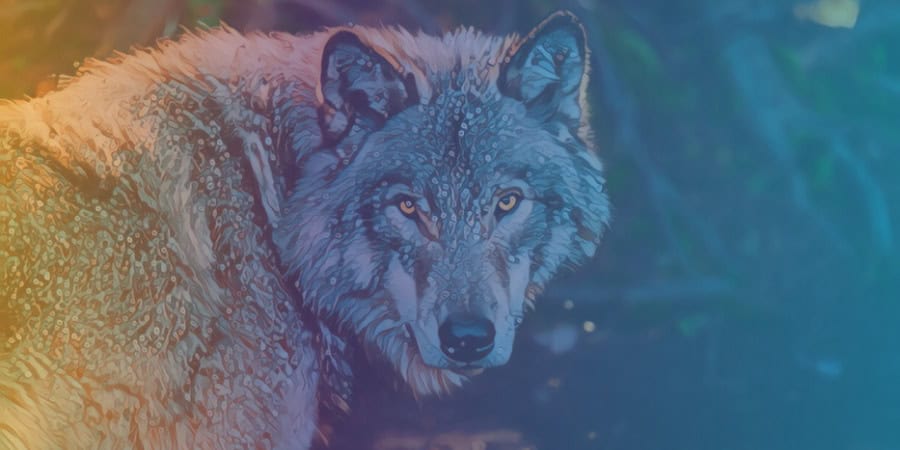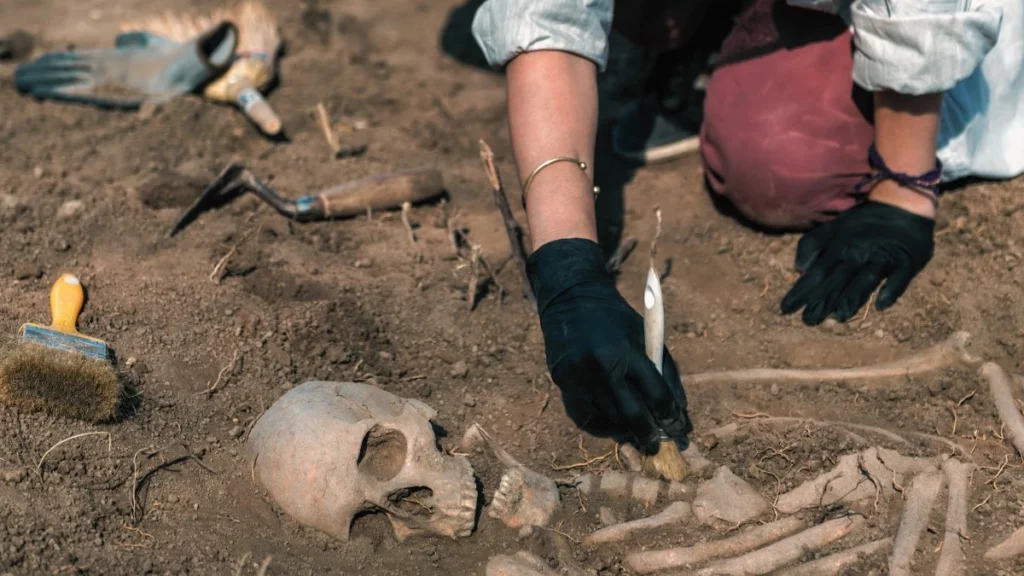Key Takeaways
- Wolves have a complex relationship with Mongolian culture, with references to wolves as ancestors and enemies. They are found in various ecosystems in Mongolia, and wolf hunting has persisted despite calls for compassion.
- In the 1950s, the Mongolian People's Revolutionary Party implemented wolf extermination campaigns, with hunting regarded as a legitimate form of Marxist production. After the end of socialism, wolf pelt quotas were eliminated, and there are now growing pro-wolf conservation efforts.
- Mongolians have a complicated relationship with wolves, with herders both respecting their cultural significance and killing them to protect their livestock. There is a need for a balanced approach to preserving tradition and promoting modern conservation efforts.
- Conservationists like Tumursukh Jal dedicate their careers to wildlife protection while acknowledging the challenges herders face in protecting their livestock. Mongolia's relationship with wolves underscores the importance of understanding and respecting the cultural significance of wildlife while promoting conservation efforts.
In Mongolia, a country where nomadic pastoralism is deeply rooted in the culture, wolves (chono) occupy a variety of ecosystems, ranging from steppes and semi-deserts to mountainous regions.
Throughout history, wolves have been both demonized and romanticized in Mongolian culture. In fact, the nation’s most renowned figure, Chinggis Khan, is said to have descended from a wolf.
The Secret History of the Mongols, commissioned by Chinggis’ grandson Möngke Khan, details Chinggis’ lupine ancestry while also portraying wolves as adversaries.
The 17th-century historical chronicle, the Golden Summary, perpetuates the depiction of wolves as threats.
However, there are instances in poems and manuscripts from the 16th to the 19th century that evoke sympathy for wolves and thieves, as they both stole to survive.
Wolf Hunting and Socialism
Wolf hunting persisted in Mongolia despite these calls for compassion. In the 1950s, the Mongolian People’s Revolutionary Party implemented collectivization and wolf extermination campaigns.
Professional wolf hunters with pelt quotas were introduced, and hunting was regarded as a legitimate form of Marxist production.
Hunters were celebrated and experienced, writing handbooks and attending conferences to share their knowledge.
These handbooks often began with a history of Mongolian hunting, emphasizing the idea that hunting was a valid form of Marxist production.
Throughout history, wolves have been both demonized and romanticized in Mongolian culture. In fact, the nation’s most renowned figure, Chinggis Khan, is said to have descended from a wolf.

Conservation Efforts and Pro-Wolf Advocacy
Conservation efforts in Mongolia have been inconsistent, with the end of socialism in 1991 leading to the elimination of wolf pelt quotas.
Although provinces still hold wolf hunts and offer socialist-style bounties, there is a growing number of pro-wolf voices advocating for conservation.
Books supporting wolves are sold alongside works by older hunters who worked for the socialist government.
Some advocate for American-style conservation efforts, but these proponents remain a minority compared to the prevailing anti-wolf sentiment.
The Complexity of Mongolia’s Relationship with Wolves
Mongolians have a complex relationship with wolves, simultaneously respecting their cultural significance and killing them to protect their livestock.
While herders grapple with wolf depredation, they express concern and disbelief over the extermination of wolves in other countries.
Mongolia’s relationship with wolves is multifaceted, reflecting both admiration and animosity.
Conservationists like Tumursukh Jal, the director of the Ulaan Taiga Strictly Protected Areas Administration, dedicate their careers to wildlife protection while acknowledging the challenges herders face in protecting their livestock.
Moving Forward: Balancing Tradition and Conservation
This intricate relationship underscores the need for a balanced approach to preserving tradition and promoting modern conservation efforts.
Increased dialogue between herders, conservationists, and policymakers may help bridge the gap between cultural reverence for wolves and the need to protect livestock.
Educational programs could also play a vital role in raising awareness about the importance of wolves in maintaining ecosystem balance, as well as promoting alternative, non-lethal methods of protecting livestock from wolf predation.
Ultimately, Mongolia’s complex relationship with wolves offers a unique opportunity to explore the intersection of tradition, culture, and conservation, and the delicate balance necessary to protect both wildlife and human livelihoods.








